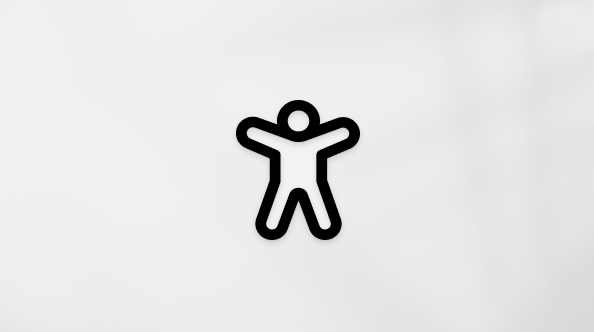Control Dynamic Lighting Devices in Windows
Applies To
Windows 11Dynamic Lighting is a feature that allows you to control LED-powered devices such as keyboards, mice, and other illuminated accessories. This feature enables you to coordinate the colors of LEDs, creating a unified lighting experience both within Windows and across all your devices.
Use Cases
Gaming: Sync your RGB peripherals to create a stunning light show that reacts to in-game events, making your gaming sessions more immersive than ever.
Productivity: Set up lighting profiles that help reduce eye strain during long work hours or highlight important notifications.
Entertainment: Create a dynamic ambiance that matches your music, movies, or any other media, turning your room into a personal theater.
Cool Factor! The coolest part? Dynamic Lighting brings all your devices together under one roof. No more juggling multiple software applications for different brands. With Windows' native support, you can manage all your lighting devices seamlessly from the Settings app. Plus, the feature supports the open HID LampArray standard, ensuring compatibility with a wide range of devices.
Access Dynamic Lighting
In the Settings app on your Windows device, select Personalization> Dynamic Lighting or use the following link:
Dynamic Lighting

Devices can be controlled either globally or individually, providing flexibility in managing your setup. When configured globally, settings apply uniformly across all connected devices, ensuring a consistent experience. Conversely, individual control allows for customization of each device's settings to meet specific needs. Despite these different scopes, the configuration process for both global and individual settings is quite similar. You can adjust parameters such as brightness, color effects, and synchronization options.

Configure individual devices
When connected, compatible devices show up as cards along the top of the page. Select a card to configure the specific settings for that device.
When you configure individual settings for a device, those settings override the global settings for that specific device. This allows for more granular control and customization, ensuring that specific devices can have unique configurations while still maintaining a consistent overall setup through global settings.
Note: For a list of compatible devices, see Dynamic lighting devices.

Configure global settings
After the device's cards, you can configure global settings, where changes affect all connected devices.
Dynamic Lighting settings
Expand each section to learn more about each setting:
Turns Dynamic Lighting On or Off. When Dynamic Lighting is off, devices function with their default non-Dynamic Lighting behavior.
When set to On, an active application can take control of your device's lighting. For example, if you're playing a game, the game's lighting effects can override any background applications, ensuring an immersive experience. Once you minimize or close the game, the background application's lighting effects resumes control.
This section lets you prioritize installed apps that have registered themselves as ambient background controllers. Dragging an app to the top of the list will prioritize it, ensuring that it can control devices before other apps in the list.
Ambient background settings are tied to a device and the port it's connected on. If you unplug and then plug the device into a different (USB) port, it will appear as a different device.
Note: For more info about ambient controllers, see: Dynamic Lighting - UWP applications.
Set the LED brightness on your devices. Selecting Reset for all devices will reset the brightness to a default value.
Select colors and effects for your devices. Selecting Reset for all devices will reset effects to the devices' default behaviors.

My Brightness and Effects sliders aren’t changing the behavior on my device. How do I fix this?
It’s likely that you have a background RGB controller app running that’s higher priority than the Dynamic Lighting Background Controller. Expand the Background light control section in Dynamic Lighting Settings to check, and if needed drag that controller to the top of the list.










